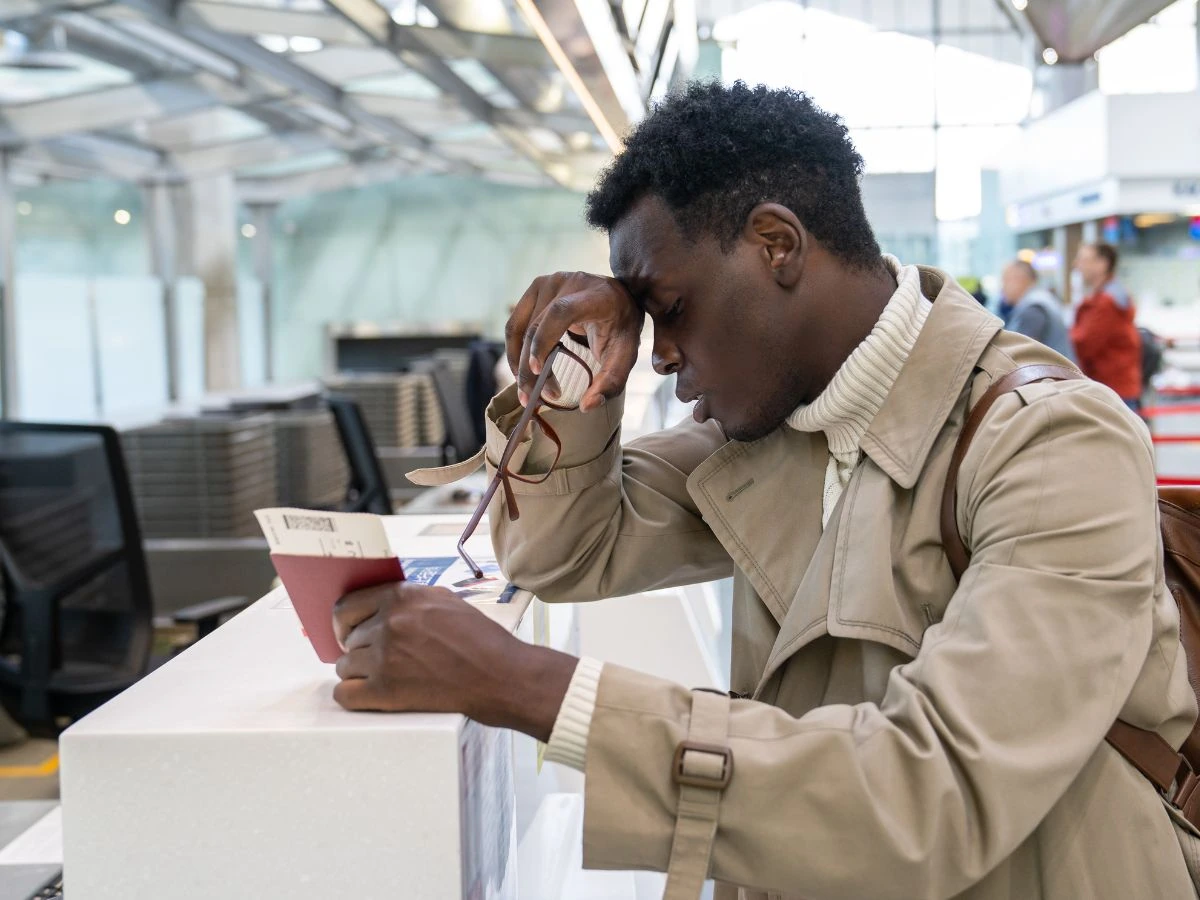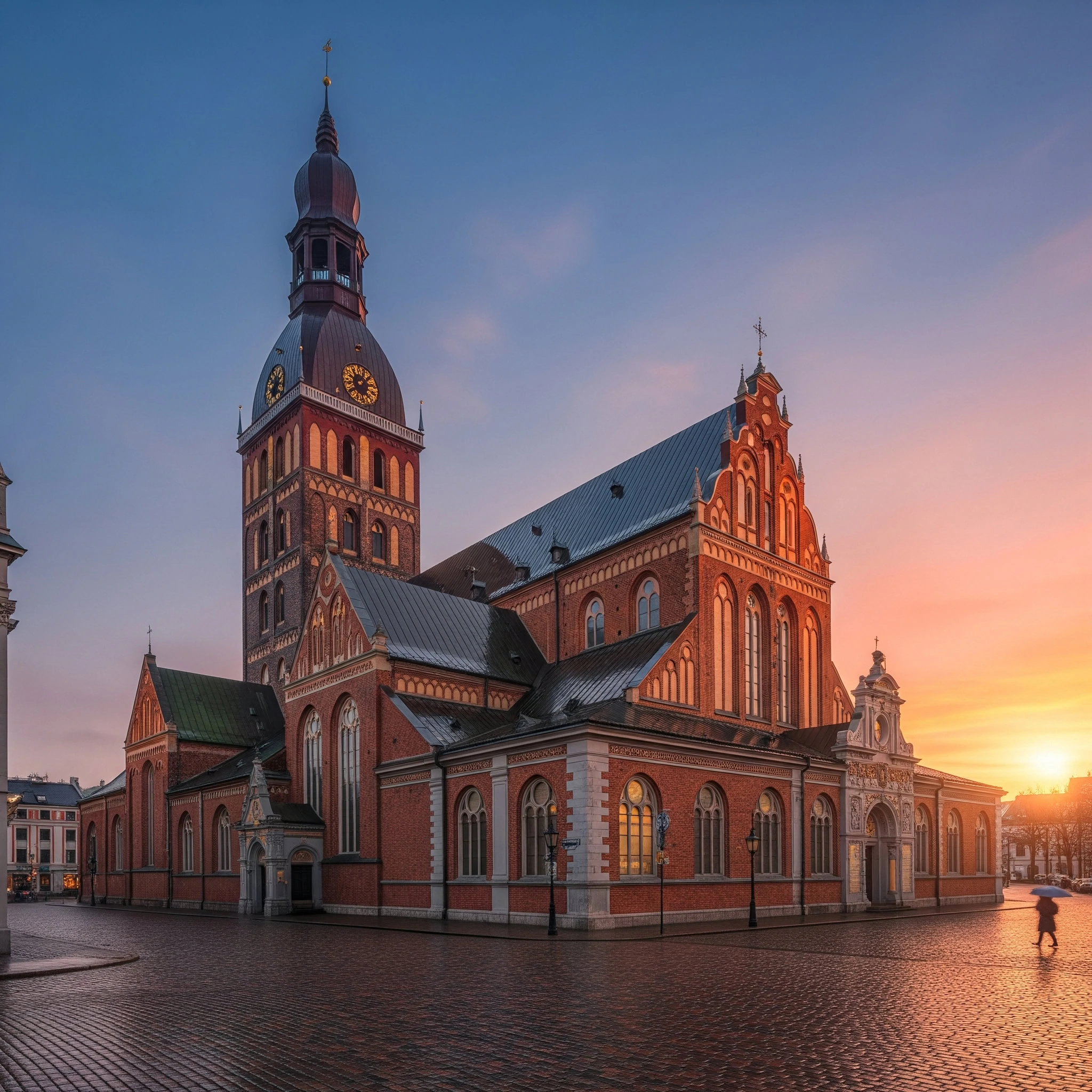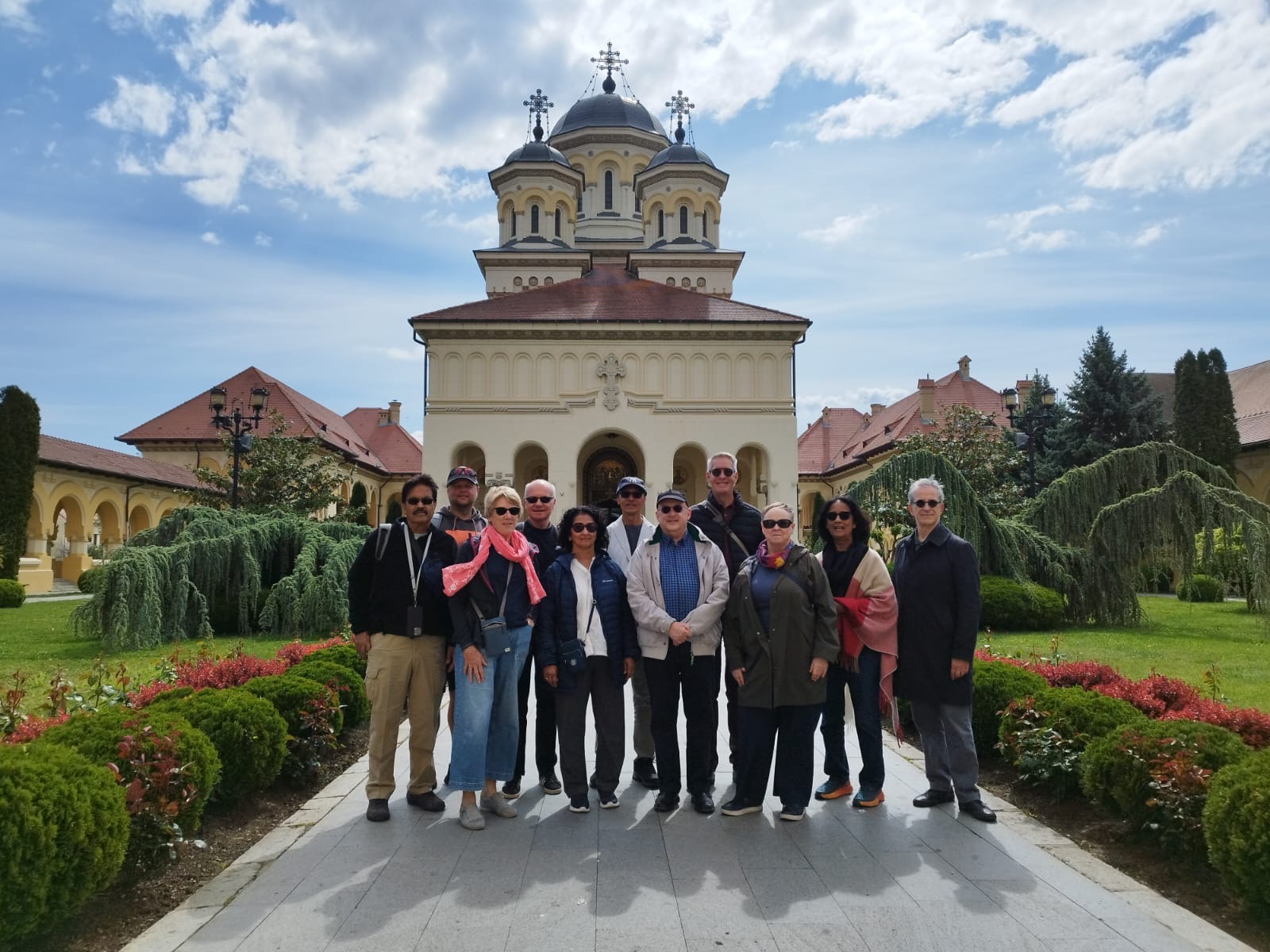Remember when travel filled you with excitement rather than dread? For many seasoned travelers, what once sparked joy has become a source of stress. Airport security lines, flight delays, crowded tourist attractions, and the constant pressure to “see it all” have transformed travel from pleasure to obligation, contributing to many travelers experiencing travel fatigue . This phenomenon—travel burnout—affects even the most passionate globetrotters, especially those engaged in long-term travel, who often feel tired and overwhelmed .
Recent studies show that 1 in 5 work travelers, including many digital nomads, report negative mental health impacts from travel, with burnout costing $323 billion globally. Additionally, traveling 14 or more nights a month increases the risk of anxiety, depression, and alcohol dependence. The modern travel industry’s emphasis on efficiency often comes at the cost of enjoyment, leaving travelers feeling more depleted than refreshed.
But what if there was a way to rediscover the magic of exploration without the accompanying stress? Luxury rail journeys offer precisely this opportunity—a chance to embrace the forgotten art of slow travel while still experiencing the world’s most breathtaking destinations.
Understanding Travel Burnout
What Causes Travel Burnout?
Travel burnout doesn’t happen overnight, and often the same person who once loved to travel now feels overwhelmed . It’s the cumulative effect of multiple stressors that gradually erode your enthusiasm for exploration. The primary culprits include:
Logistical Overload: Modern travel often involves juggling multiple bookings, navigating unfamiliar transportation systems, and adhering to tight schedules. A study by the International Travel Association found that travelers make an average of 43 decisions per day while on vacation—from choosing restaurants to planning routes—compared to just 12 decisions during a typical workday.
Digital Disconnection Failure: The constant pressure to document experiences for social media creates what psychologists call “performative travel.” Rather than being present, travelers focus on capturing the perfect shot, checking in online, or responding to work emails. This divided attention prevents genuine connection with destinations.
Sensory Overload: New sights, sounds, smells, and tastes can be exhilarating, but without adequate time to process these experiences, they become overwhelming. Neurologists have documented that rapid exposure to novel environments can trigger stress responses similar to those experienced during workplace burnout. For instance, riding in tuk tuks in Asia, with their bustling and chaotic atmosphere, can contribute to sensory overload and cultural fatigue.
Physical Toll: Jet lag, disrupted sleep patterns, and constant movement take a significant physical toll. The body’s circadian rhythm can take up to one day per time zone crossed to fully adjust—meaning many travelers never fully acclimate before returning home.
Impact on Mental Health
Travel burnout can have a significant impact on mental health, leading to feelings of emotional exhaustion, anxiety, and even depression. Prolonged exposure to stress and unfamiliar environments can weaken the immune system, making travelers more susceptible to illness. Recognizing the signs of travel burnout—such as feeling constantly tired, irritable, and disconnected from your surroundings, is essential to avoid travel burnout. as well as experiencing a fear of travel —is crucial for taking proactive steps to mitigate its effects.
Prioritizing self-care is essential. This can include simple practices like ensuring you get enough sleep, eating a balanced diet, and staying hydrated. Staying connected with friends and family through regular phone calls or video chats, or even a visit to a coffee shop, can also provide a sense of comfort and familiarity, helping to reduce stress. By taking regular breaks and allowing yourself time to rest, especially when adjusting to a new location you can maintain your mental well-being while exploring new destinations. Remember, it’s okay to slow down and take care of yourself; your mental health is just as important as the places you visit.
Recognizing the Signs
Travel burnout manifests differently for each person, but common symptoms include:
- Feeling anxious rather than excited about upcoming trips
- Experiencing relief when travel plans are canceled
- Finding yourself more irritable or impatient while traveling
- Focusing on getting through experiences rather than enjoying them
- Comparing current trips unfavorably to past adventures
- Feeling physically exhausted even after “restful” vacations
If these symptoms sound familiar, you’re not alone. Travel burnout affects even the most experienced travelers, particularly those who travel frequently for business or maintain ambitious personal travel schedules, and may often fall victim to exhaustion . Recognizing when travel burnout is happening allows you to take proactive steps to address it and maintain a healthier travel experience.
 The Slow Travel Revolution
The Slow Travel Revolution
The Philosophy of Slow Travel
Slow travel isn’t simply about moving at a leisurely pace—it’s a complete reimagining of how we experience destinations and adapt our travel lifestyle . This philosophy emerged as a countermovement to rushed, checklist-style tourism and emphasizes quality of experience over quantity of sights seen, helping to mitigate culture shock .
At its core, slow travel embraces three fundamental principles:
Deeper Connection: Rather than skimming the surface of multiple destinations, slow travelers immerse themselves in fewer locations. This approach allows for genuine cultural exchange and meaningful local interactions that rarely occur during whirlwind tours.
Mindful Presence: Slow travel encourages being fully present in each moment rather than constantly planning the next activity. This mindfulness reduces travel anxiety and enhances memory formation, creating more vivid, lasting impressions of your journey. While the dream of constant travel is appealing, it often leads to burnout, making the mindful approach of slow travel more sustainable and fulfilling.
Sustainable Engagement: By spending more time in fewer places, slow travelers reduce their environmental impact while contributing more meaningfully to local economies. Studies show that travelers who stay longer in destinations spend up to 60% more at local businesses compared to day-trippers.
Benefits for Mind, Body, and Spirit
The slow travel approach offers numerous benefits that directly counter the effects of travel burnout:
Reduced Decision Fatigue: With less pressure to “see everything,” travelers make fewer decisions, preserving mental energy for genuine enjoyment. This reduction in cognitive load allows the brain to enter a more receptive, creative state—often leading to those magical travel moments that become cherished memories. A few weeks of poor conditions can lead to burnout, making it crucial to manage decision fatigue effectively.
Authentic Cultural Immersion: When you’re not rushing between attractions, you have time to visit the same café twice, chat with locals, or wander without a specific destination. These unplanned interactions often become the highlights of slow travel experiences, making travelers feel like they are living the dream .
Physical Rejuvenation: Slower travel means less physical strain from constant packing, unpacking, and transportation changes. This gentler pace allows your body to truly rest and recover, returning you home genuinely refreshed rather than exhausted.
Enhanced Appreciation: Moving more slowly through landscapes and cultures allows for deeper appreciation of subtle details that rushed travelers miss entirely. This heightened awareness creates a richer, more textured travel experience that continues to provide joy long after the journey ends.
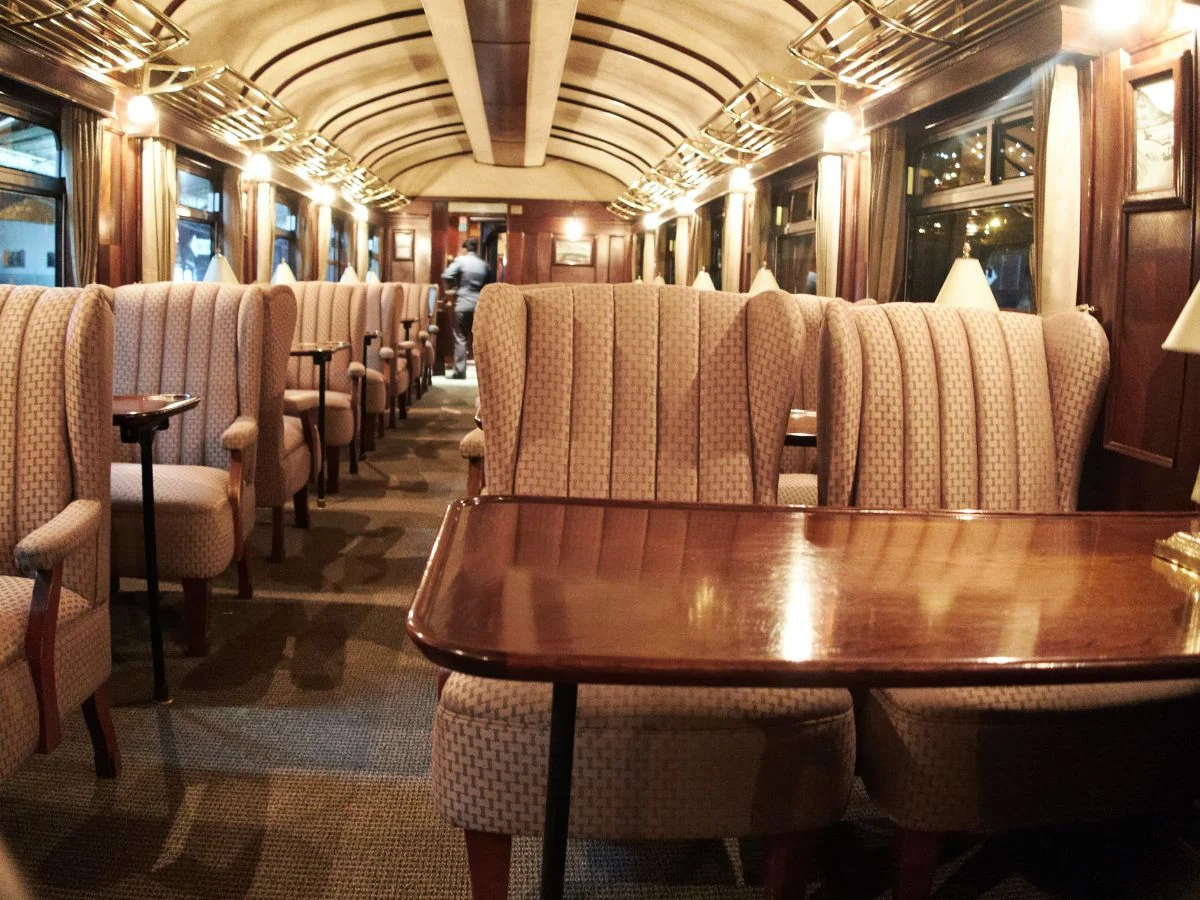 Luxury Rail Travel: The Ultimate Antidote to Burnout
Luxury Rail Travel: The Ultimate Antidote to Burnout
Why Trains Offer the Perfect Balance
Luxury rail journeys represent the pinnacle of slow travel, combining the romance of traditional train travel with modern comforts that address the pain points of contemporary tourism.
The Journey Becomes the Destination: Unlike air travel, where the transportation portion is merely endured, rail journeys integrate transportation and experience. The train itself becomes a moving luxury hotel, offering ever-changing vistas that can pull you out of your comfort zone without the need to repack or change accommodations.
Effortless Logistics: Once aboard, travelers surrender the burden of navigation, timing, and transportation planning. This liberation from logistical concerns allows for complete mental relaxation—a rare commodity in modern travel.
Rhythmic Restoration: The gentle, rhythmic motion of trains has been scientifically proven to induce deeper sleep and relaxation than other forms of transportation. This natural rocking motion helps reset disrupted sleep patterns and reduces travel-related stress. Night-time environments on trains are designed to support quality sleep, ensuring travelers wake up refreshed and ready for the day ahead.
Panoramic Perspective: Train routes often traverse landscapes inaccessible by other means, offering unique vantage points that even local residents rarely experience. These exclusive views create a sense of discovery that reignites travel enthusiasm even in the most jaded explorers.
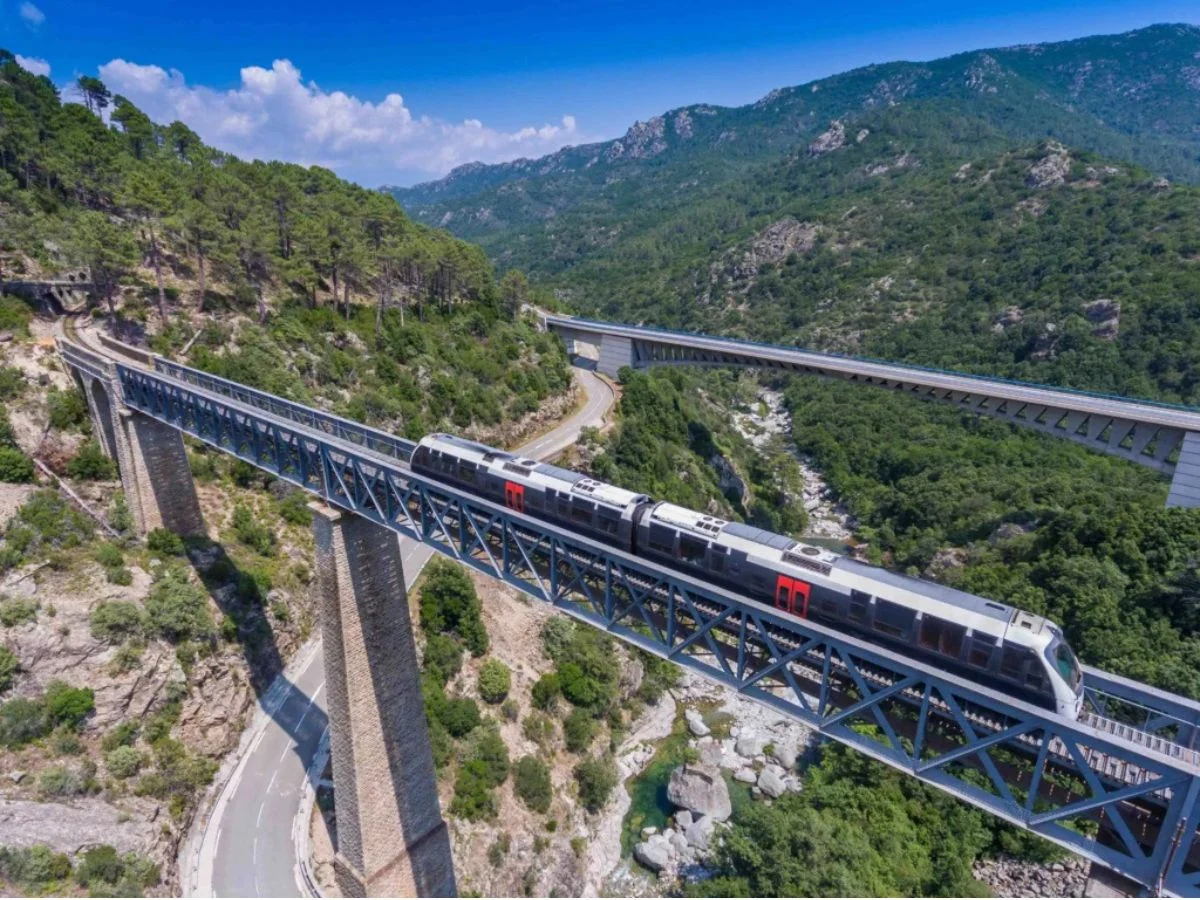 Modern Luxury Rail Experiences
Modern Luxury Rail Experiences
Contemporary luxury rail journeys have evolved to meet modern expectations while maintaining the timeless elegance that made train travel special. No matter the destination, travel challenges are universal and can affect anyone. Today’s premium trains feature private cabins with en-suite bathrooms, observation cars with panoramic windows, ideal for an extended trip and dining experiences curated by renowned chefs using local ingredients from regions the train passes through.
Around the World in 100 Days: The Ultimate Rail Odyssey
Embark on the rail journey of a lifetime, circling the globe in 100 days. This meticulously curated itinerary takes you across continents – from Europe to Asia, through the Americas and beyond – allowing you to experience an extraordinary range of cultures, cuisines and landscapes. Travelling in comfort aboard premium and luxury trains, this once-in-a-lifetime experience redefines the art of slow travel on a global scale.
London to Corsica, Sardinia and Sicily: Rail and Sea Adventure
Set off from London by rail and journey through France and Italy before crossing the sea to the idyllic Mediterranean islands of Corsica, Sardinia and Sicily. This unique tour blends scenic train travel with sea voyages, offering breathtaking coastal views, charming island towns, and a taste of authentic local culture in some of Southern Europe’s most captivating destinations.
London to Sicily with Extension to Malta: Rail and Sea Adventure
Travel by rail from London through mainland Europe to the sun-soaked shores of Sicily, discovering ancient ruins, baroque cities and the island’s rich culinary traditions along the way. For those looking to extend the adventure, an optional sea journey takes you onwards to Malta – a gem of the Mediterranean known for its historic sites, crystal-clear waters and relaxed island life.
London to Albania and the Balkans: Rail & Sea Adventure
Venture off the beaten track with this fascinating journey through the Balkans. Starting in London, you’ll travel by rail and ferry to Albania, exploring its dramatic mountain scenery, Ottoman architecture and vibrant local culture. This tour also offers the chance to experience neighbouring Balkan countries, making it a perfect choice for curious travellers seeking authenticity and adventure.
London to Istanbul: Rail Adventure
Follow the legendary route from London to Istanbul by train, tracing the path of the original Orient Express. This epic overland journey takes you across some of Europe’s most historic cities – including Paris, Vienna and Sofia – before arriving in the dazzling metropolis of Istanbul. A seamless blend of East and West, ancient and modern, this adventure is steeped in history, elegance and discovery.
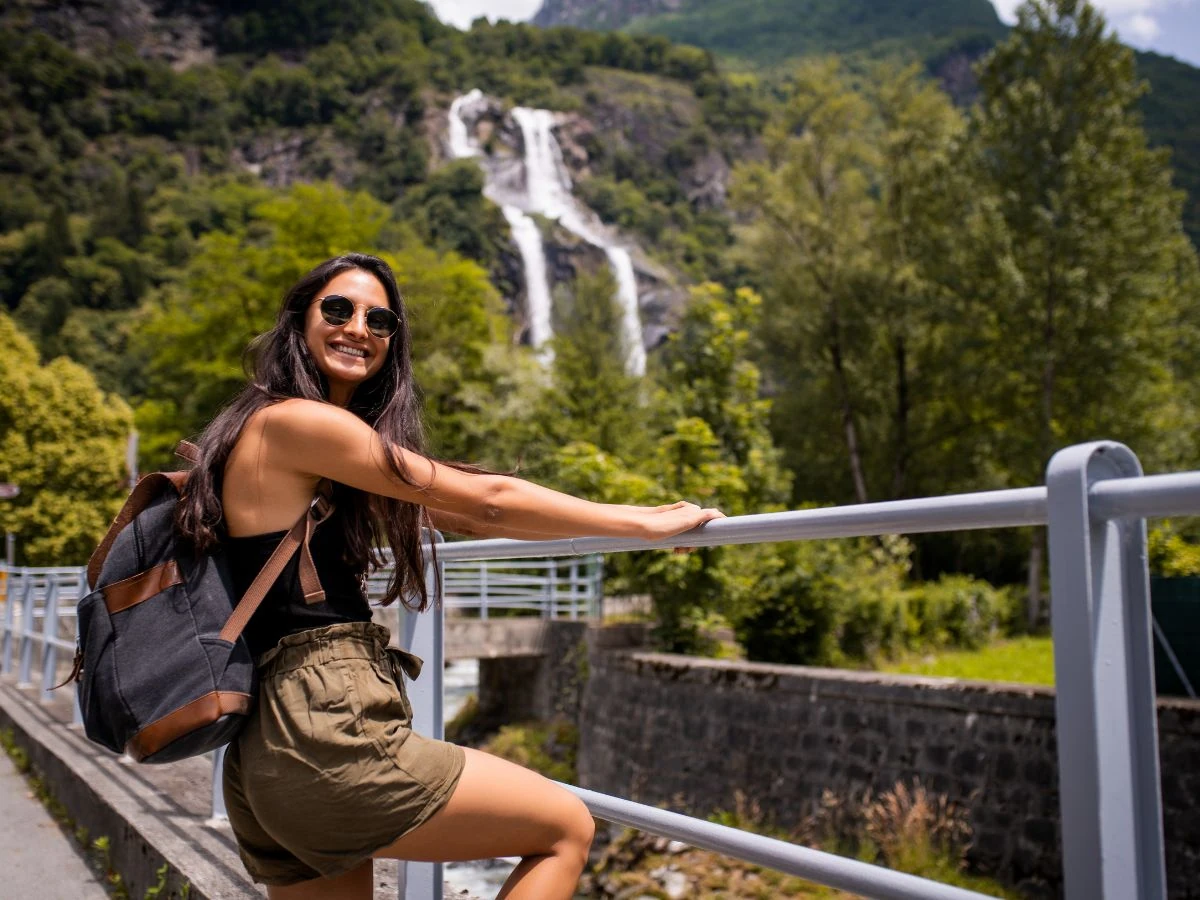 Practical Strategies for Embracing Slow Travel
Practical Strategies for Embracing Slow Travel
Planning Your Rail Journey
Transitioning from conventional travel to luxury rail journeys requires a shift in both planning approach and mindset:
Select Routes Based on Interests: Rather than choosing destinations based on popularity, consider your personal passions. Love wine? The Royal Scotsman’s whisky tours or South Africa’s Blue Train through wine country might be ideal. Fascinated by history? The Trans-Siberian route through Mongolia offers insights into cultures rarely experienced by Western travelers.
Consider Seasonality Carefully: Unlike quick visits where weather disruptions affect only a day or two, extended rail journeys benefit from thoughtful seasonal timing. The Venice Simplon-Orient-Express is particularly magical during spring when Alpine flowers bloom, while the Eastern & Oriental Express offers the best experience during Southeast Asia’s dry season from November to February.
Balance Structure and Spontaneity: While luxury rail journeys provide carefully curated experiences, the best trips allow for personal exploration during stops. When evaluating itineraries, look for options that include both guided excursions and free time for independent discovery.
Prepare for Digital Detox: Many of the world’s most spectacular rail routes pass through areas with limited connectivity. Rather than viewing this as an inconvenience, embrace it as an opportunity for genuine disconnection. Inform colleagues and family of your limited availability in advance, and consider using automatic email responses to manage expectations. Establishing a morning routine can also help maintain a healthy mindset while traveling.
Strategies for Prevention
To avoid travel burnout, it’s crucial to develop strategies that prioritize your well-being. Start by setting a realistic itinerary that allows for flexibility and downtime. Overloading your schedule can lead to stress and exhaustion, so make sure to include activities that promote relaxation, such as yoga or meditation. These practices can help you stay grounded and reduce anxiety.
Staying connected with loved ones back home is another effective strategy. Regular phone calls or video chats can provide a sense of comfort and help you feel less isolated. Additionally, taking care of your physical health is vital. Ensure you’re eating a balanced diet, getting enough sleep, and staying hydrated. By being mindful of your energy levels and taking proactive steps to manage stress, you can enjoy your trip without reaching a breaking point. Remember, it’s about the journey, not just the destination, and truly living life while you explore .
Connecting with Nature
Connecting with nature can be a powerful antidote to travel burnout. Spending time outdoors, whether it’s walking in a park, hiking in the mountains, talking with local or simply sitting on a beach, can significantly reduce stress and promote feelings of calm and well-being. Nature has a unique way of grounding us, providing a sense of perspective and helping us feel more connected to the world around us.
Incorporating nature-based activities into your itinerary can create a sense of balance and harmony. Whether you’re exploring a new city or a remote countryside, taking the time to immerse yourself in natural surroundings can help reduce the risk of burnout. The simple act of walking through a forest or listening to the waves on a beach can rejuvenate your spirit and enhance your travel experience. By spending time in nature, you can create lasting memories and return home feeling refreshed and inspired.
Creating a Balance
Creating a balance between travel and rest is essential for avoiding burnout. This involves setting a realistic schedule that allows for downtime and flexibility. Prioritize self-care activities such as exercise, meditation, or spending time with friends. Staying in one place for an extended period, rather than constantly moving from one destination to another, can also help reduce the stress and fatigue associated with travel.
Finding a balance between exploration and relaxation is key. Take breaks and rest when needed to avoid travel fatigue. Spending time in familiar environments, such as a cozy hotel room or a local coffee shop, can provide a sense of comfort and security, helping to reduce stress and anxiety. By being mindful of your needs and creating a balanced itinerary, you can enjoy your trip without feeling overwhelmed or exhausted. Remember, it’s okay to slow down and savor the moment. Your future self will thank you for it.
Conclusion: Rediscovering the Joy of Travel
Travel burnout doesn’t signal the end of your exploration days—it simply indicates the need for a different approach. Luxury rail journeys offer the perfect balance of comfort and adventure, structure and spontaneity, movement and rest. By embracing the philosophy of slow travel and the unique advantages of rail transportation, even the most jaded travelers can rediscover the childlike wonder that first inspired their wanderlust and embrace the joys of life .
The next time you feel the weight of travel fatigue, consider exchanging airport terminals for elegant train stations, cramped airplane seats for spacious private cabins, and rushed itineraries for leisurely journeys through spectacular landscapes. Your future self—rested, inspired, and genuinely refreshed—will thank you.
Ready to reignite your passion for exploration? Consider how a luxury rail journey might transform your next travel experience. Adventures By Train specializes in creating the perfect balance of luxury, cultural immersion, and restorative travel through their curated rail journeys across Europe, Asia, and beyond. Explore their small group tours and flight-free adventures to discover how the forgotten art of slow travel can transform not just your vacation, but your entire relationship with exploration.
Remember, travelers often experience burnout when they are missing certain comforts or connections from home, making it essential to choose travel options that provide both emotional and physical rejuvenation.
